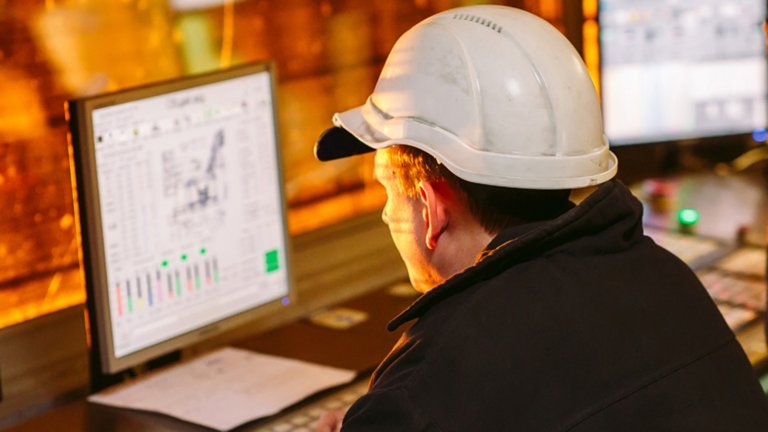EDITOR’S NOTE: Listen to our Automation Chat podcast, “9 Industrial Automation Trends in 2023,” with Executive Editor Theresa Houck. She discusses use of more-accessible automation, automation & sustainability, no-code automation, additive manufacturing, AI, VR, AR, robots & cobots, blockchain, 5G, wearables and more. Listen on your favorite podcast app or on the web.
Many industrial automation trends become trends because manufacturers and producers are using Industrial Internet of Things (IIoT) technologies and strategies to improve agility, productivity and performance. Considering that you’ve had to face the COVID-19 pandemic, supply chain disruptions and the skilled labor shortage, you need every advantage you can get to mitigate these obstacles.
All these trends revolve around digital transformation. And digital transformation is all about data. So, let’s dive in and examine 5 key trends in 2023.
1. Increasing use of automation to deal with the skilled worker shortage.
The increased use of automation focuses on boosting productivity and getting more done with fewer workers. Many companies are turning to robots. This includes autonomous robots, collaborative robots, called “cobots,” software robots, called “bots,” and mobile robots. They all can be configured through software and Artificial Intelligence (AI) to automate routine tasks.
For example, cobots can work next to humans to increase their productivity. Cobots can perform a range of tasks, such as assembly, packaging and machine tending. They increase production-line efficiency and decrease labor costs.
Autonomous robotics are helping in many ways. For example, robotic arms can spray fabric in clothing-manufacturing processes, or sew stitches in fabric. Or they can replace workers in hazardous environments to minimize accidents. And robotic arms that improve dexterity and precision can be used to streamline welding, picking, placing and 3D printing workflows.


